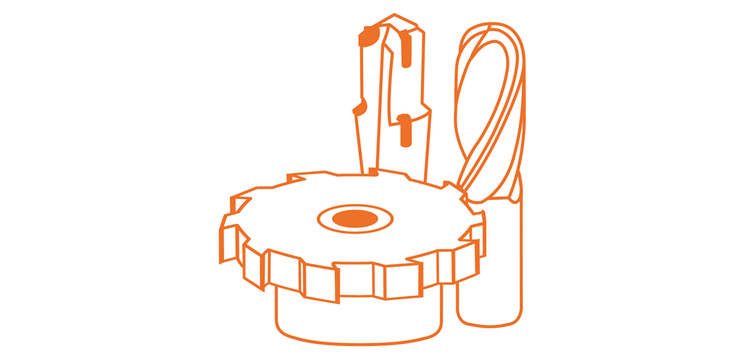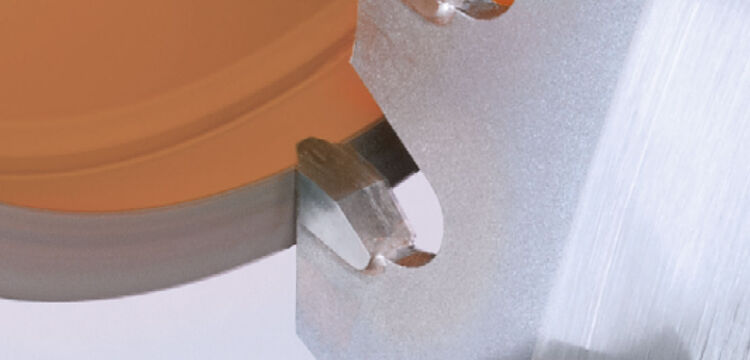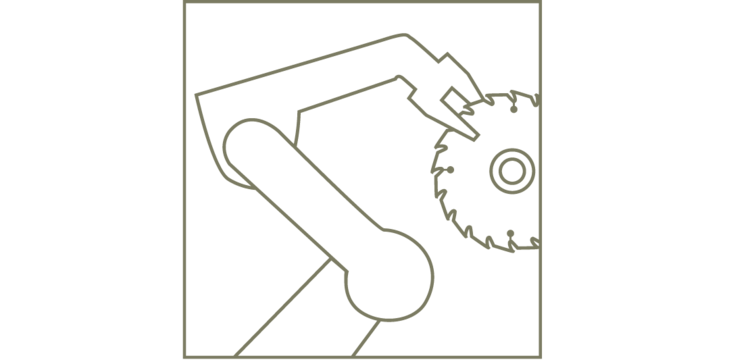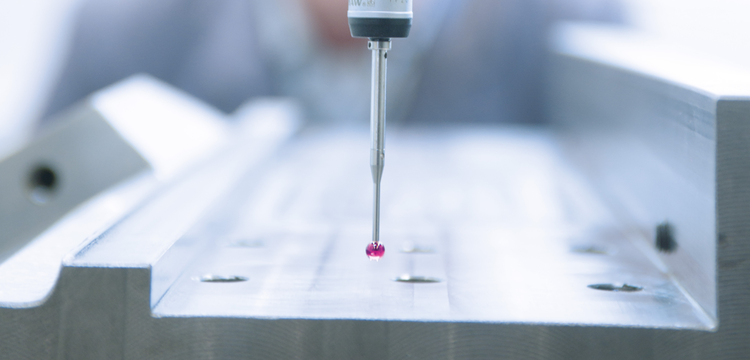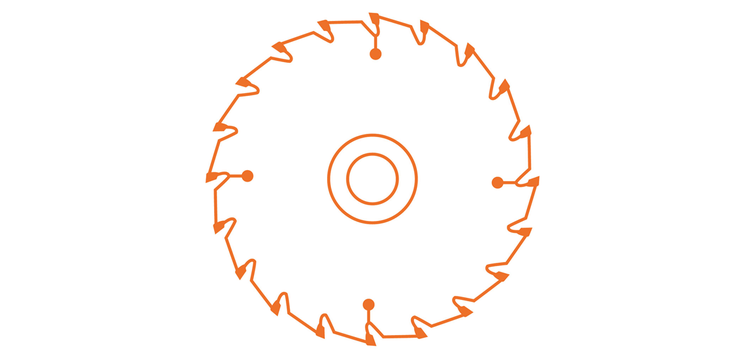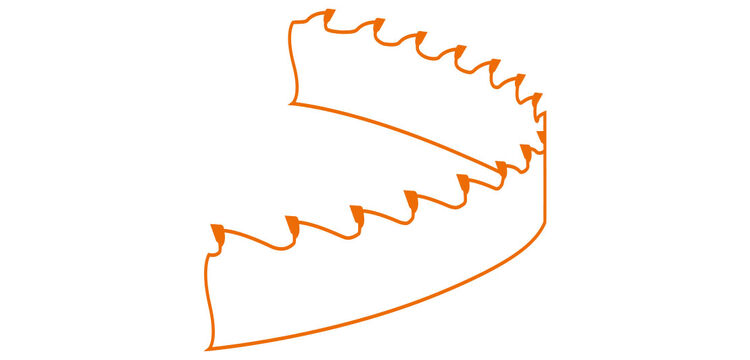We detected, that your browser supports another language than the called one. This page is also available in your language! Would you switch to this page in your language?
"Digital connectivity and complete solutions will characterise the future" 2022-09-13
to overviewAs the AMB 2022 metalworking industry trade fair kicks off in Stuttgart, VOLLMER CEO Jürgen Hauger offers some insights into the sharpening technology market and the strategic focus that sharpening specialists VOLLMER have adopted for the future.
Question: Hello, Mr Hauger. The AMB trade fair is one of the first trade fairs that VOLLMER has exhibited at since the coronavirus pandemic. What impact has the pandemic had on you as sharpening specialists?
Answer: VOLLMER was in a relatively good position during the pandemic because we do business in both the woodworking industry and the metalworking industry. While the metalworking industry suffered significantly because many of its businesses had to temporarily close or because they reduced their shifts, the woodworking industry continued to operate at a high level. This is because the sawmill and construction industries invested throughout the pandemic in order to be able to meet the high demand for wood for building houses and making furniture. As a result, we sold a lot of grinding and eroding machines to customers who make circular saws and cutting tools for woodworking.
Question: What is the outlook for you in terms of both AMB 2022 and the future of the metalworking industry?
Answer: We are happy that we will be able to interact in person again at AMB to cultivate our relationships with our customers from the metalworking industry. When it comes to the industry's future prospects, it's something of a mixed bag: On the one hand, we don't yet know what the consequences of this terrible war in Ukraine will be; on the other hand, this conflict has added unforeseen momentum to the general shift towards more sustainable energy sources. In addition, it is not yet clear how the metalworking industry will be affected by the upheaval in the car manufacturing industry and by the eventual discontinuation of the internal combustion engine. One of the main questions will be where the energy for transport, heating and energy-intensive industries will come from. There's no question about it, heat pumps and electric vehicles need power that can be generated by wind or by the Sun. But I think
that, going forward, we need to opt for a mix of different technologies if we are to successfully manage the transition towards alternative energy sources. I feel that energy sources such as hydrogen and synthetic fuels have great potential here. The future of the metalworking industry will depend on how quickly and flexibly it is able to adapt to these developments.
Question: How has the pandemic, and now the war in Ukraine, affected your company?
Answer: The war is a matter of considerable concern to us, both from a humanitarian and an economic standpoint. Not only does VOLLMER have strong links to Ukraine, we also operate a site in Russia, where we employ 14 people. At the moment, it is difficult to say what impact the war will have on us. That's not the case for the pandemic, however. The pandemic forced us to make digital connectivity a priority here at VOLLMER, since we couldn't send service technicians to China, Australia or other countries. This meant that, as in many other companies, most internal and external communication took place virtually. Thankfully, we had launched our V@dison initiative back in early 2019, and had corresponding instruments ready for use. The V@dison platform is the central interface between our ERP systems and machines; it supports the most important protocol languages, including UMATI, MT Connect and OPC UA, and allows our gateway to transfer data seamlessly between machines, systems and customer applications.
Question: Tell us about the specific ways in which you have used the V@dison platform for your business operations.
Answer: At the height of the pandemic, we used our "Visual Support" app with our customers in order to conduct final acceptance testing and start up their machines for the first time. We also held web-based training sessions and demonstrations via "Visual Instruct". Without the V@dison digital platform, we would not have been able to show our customers all the things that they can do. Not only has it enabled digital communication, V@dison has also saved us and our customers resources, money and time – and it continues to do so. Every time we have to send out a service technician, that costs money – if the product warranty is valid, we are the ones who bear the cost, and if not, it is the customer who must foot the bill. V@dison brings down the service costs for all parties and allows us to perform servicing and maintenance tasks virtually and in near real time anywhere in the world.
Question: Apart from the move towards greater digital connectivity, what does VOLLMER need to focus on in order to optimally support customers going forward?
Answer: One of the focal points for us is the provision of "complete solutions". So if a customer wants to make a particular tool, we need to be able to offer a complete process. This can include full programming of the tool, the choice of grinding wheel, the machine parameters and even automation – it is a service that we have already been providing a number of customers for many years. This comprehensive range of services may be enough to persuade the customer to let us handle the process instead of doing it themselves. Being able to hand this over to us is a deciding factor for many customers, such as those who are suffering from a shortage of qualified staff. Of this I am certain: Digital connectivity and complete solutions will characterise the future.
Question: What objectives has VOLLMER set itself for the coming decade to ensure that this future is successful?
Answer: In addition to the things I have already mentioned, such as digital connectivity and complete solutions, we are planning to build new headquarters. Although the project is currently on hold due to the pandemic, but we have to continue with our plans. Aside from this, we are once again expanding our global presence: We will be opening our fifteenth subsidiary internationally, this time in Bangkok, Thailand, which will consolidate our position on the Southeast Asian market. We are also embarking on a new venture: In July 2022, the VOLLMER Group acquired ultraTEC innovation GmbH. This start-up is not from the tool sharpening sector; instead, it is involved in developing and manufacturing ultrasonic deburring systems. ultraTEC is our first foray into a new technology that is already of key importance in the metalworking sector.
Question: Mr Hauger, you already mentioned shortages of qualified staff – what impact is that having on VOLLMER?
Answer: At VOLLMER and at any other company, the key to securing the company's success is investing in the employees. Currently, we have 78 trainees – they account for just under 15 per cent of our workforce in Biberach. Through our foundation, the Sieglinde Vollmer Stiftung, we play an active role in furthering young people's education. And every year, we present the Sieglinde Vollmer Award to school pupils who have been working on STEM projects outside of their school curriculum. Incidentally, the deadline for taking part this year is 22nd November 2022. This summer, we also organised our first VCampus 3-day event, which was attended by
120 trainees. The young people participated in workshops in which they discovered first hand not only the demands of technical professions, but also how much fun they can be. We also consistently invest in professional development and training opportunities for our staff. Thanks to this pro-active approach, we have so far succeeded in minimising the impact of qualified staff shortages. And I am optimistic that we will continue to attract enough employees to VOLLMER – when all is said and done, employees are a company's greatest asset.

Your Contact
VOLLMER WERKE Maschinenfabrik GmbH88400 Biberach/Riß
Germany



